Cricket No Ball Rule: In the world of cricket, bowling a no ball is like committing a crime. Many times this mistake changes the course of the entire match and completely changes the outcome of the match. However, there have been many bowlers in the world who have not bowled a single no ball in their entire cricket career. But, there have also been many bowlers who bowled no balls at the wrong time and pushed the team towards defeat in important matches. But do you know how many types of no balls are there and what changes have been made in its rules so far? Let us share this information with you in this report.
What is no ball?
In cricket, a no ball is a ball which is not valid and violates some rule. That is why if any bowler bowls the ball in violation of the rules, it is declared a no ball and the batting team is given 1 extra run. Instead of being added to the batsman's account, this run is added to the team's account. At the same time, the bowler has to compensate for this by giving extra runs as well as throwing an extra ball.
Also read:- Before IPL 2025, LSG batsman's 'storm', scored a century with 8 sixes and 9 fours.
which ball is no ball
There are many types of no balls. Common occurrences include the bowler's foot crossing the line of delivery, the full toss ball being above the batsman's waist, the ball taking two wickets before reaching the batsman or the ball stopping before reaching the batsman. If the bowler hits the stump or any fielder creates obstruction on the field, all those balls are declared no balls.
Its never a no ball, plus umpire called it after Kohli's reaction pic.twitter.com/nWGHNRMbIT
— MD (@md_jinn) October 23, 2022
Earlier I did not get extra runs
Before the 90s, extra runs were not given on no balls. Then the batsman could score only 4 or 6 runs on a no ball by hitting boundaries. At that time, there was a trend of not giving wickets on no balls, but in the 90s, a rule of giving extra runs on no balls was also made.
Also read:- BCCI changed the name of National Cricket Academy, know what will be the identity instead of NCA.
The trend of free hit started in 2015
ICC took another tough decision in 2015 on no ball. From then till now the rule of free hit on no ball continues. This is applicable in ODI and T20 cricket. The team batting on a no ball gets an extra run and the batsman cannot be out (except in the rules governing dismissal on a no ball). In free hit, the bowler has to bowl an extra ball, even on this ball the batsman's wicket does not fall except in some special conditions. The batsman can bat freely on both these balls.
Also read:- IPL 2025: 'RCB will retain only Virat Kohli…' Shocking statement of the former legend
Current Version
Sep 30, 2024 11:51
Written By
Mashahid Abbas

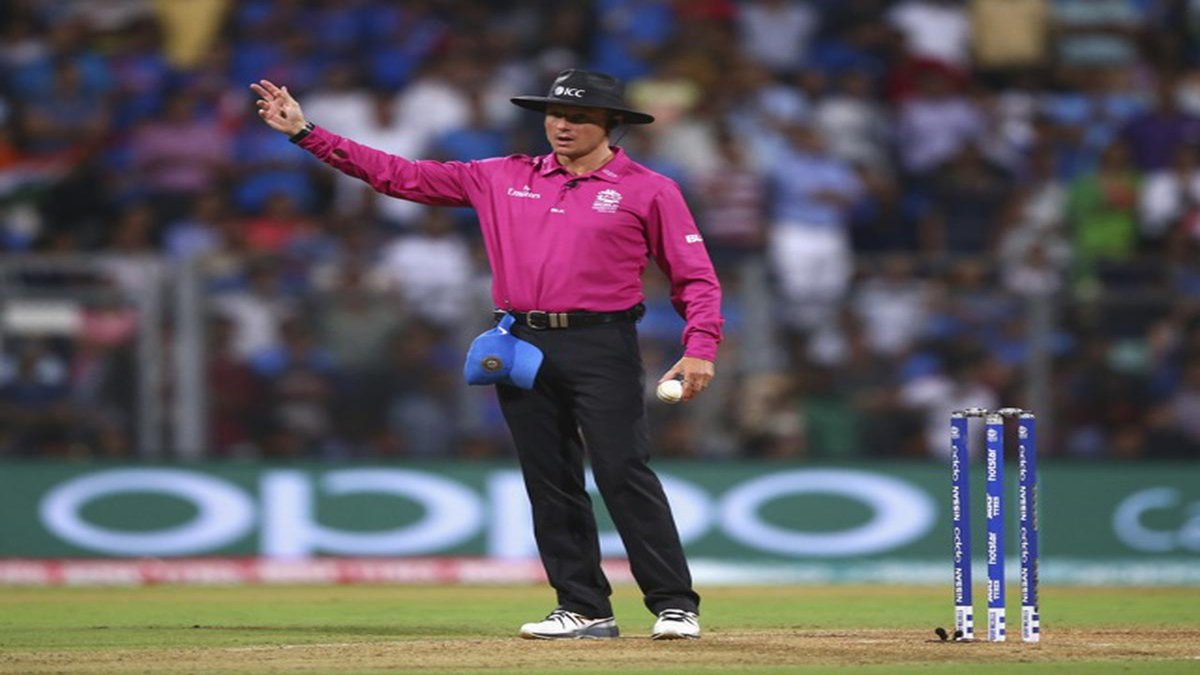


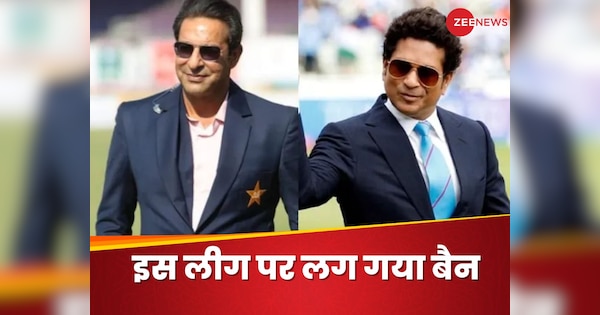
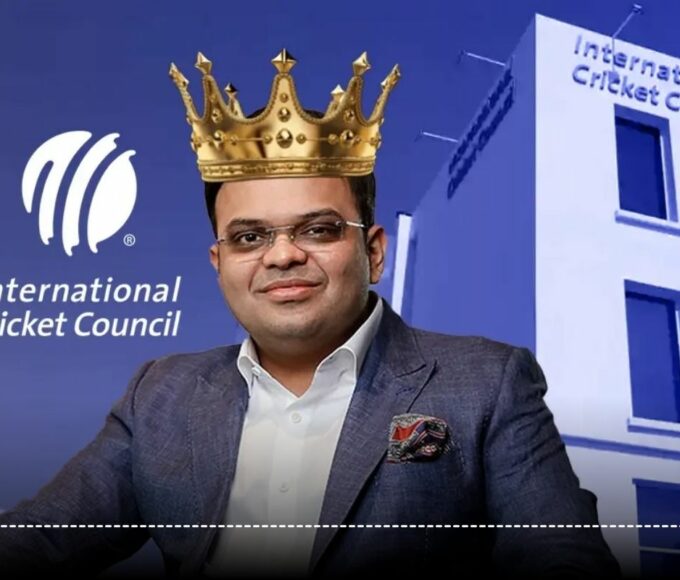
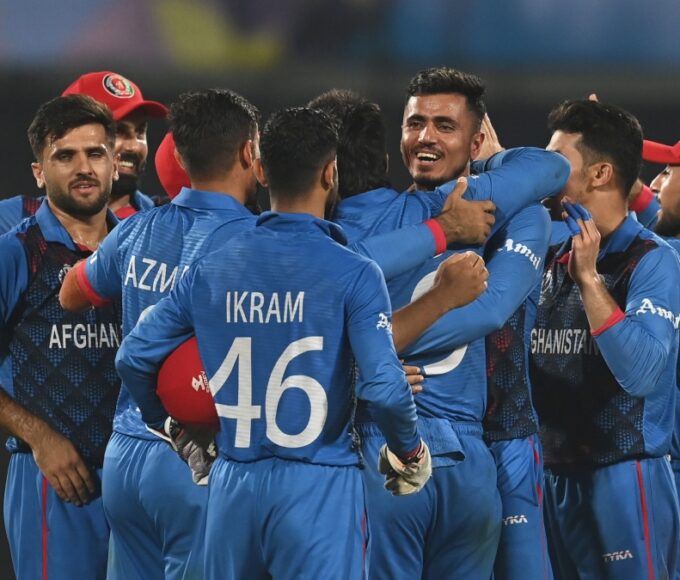
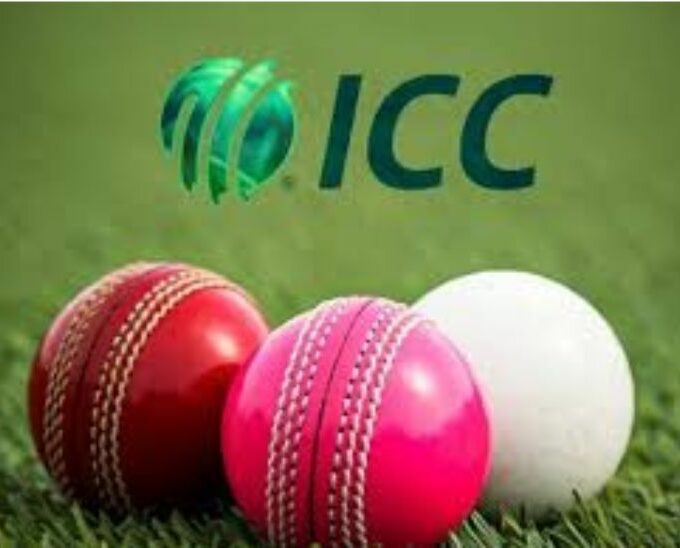
Leave a comment